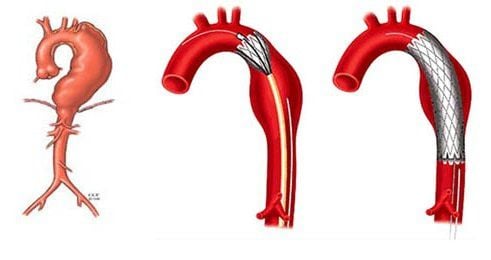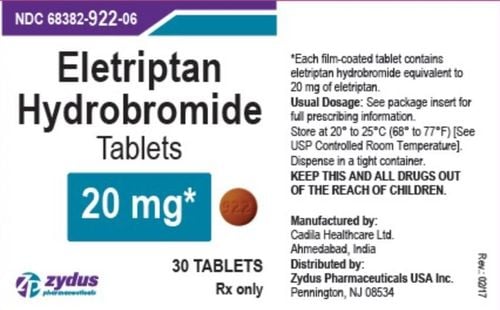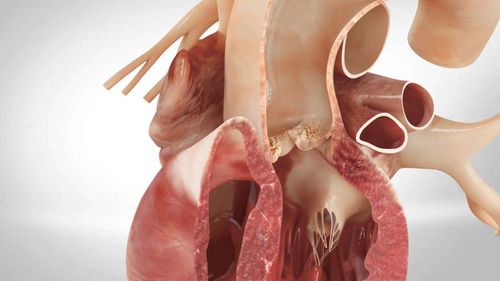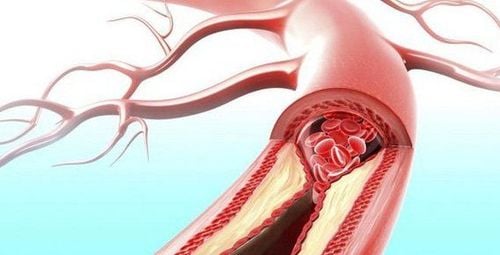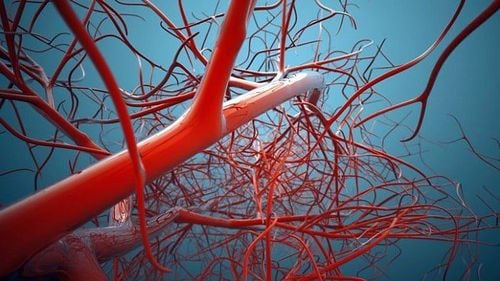This is an automatically translated article.
The article was professionally consulted by Prof. TS.BS Do Doan Loi - Cardiovascular Center, Vinmec Times City International General Hospital.Cardiovascular diseases can appear silently, quietly, with few obvious symptoms, but have a heavy impact on the patient's life. Aortic dissection is one of the most dangerous cardiovascular diseases, with sudden onset and a very high risk of death if not treated promptly. This disease is the obsession of both patients and doctors.
1. What is aortic dissection?
The aorta is the main blood vessel that carries blood from the heart to the organs of the body. The aortic wall is made up of 3 layers: the innermost layer is called the endothelium, the middle layer is the mediastinum, and the outermost layer is the pericardium. These three layers combine to form a strong, resilient aortic wall that can withstand high blood pressure throughout life. For some reason, the endothelium is dissected, blood from the splenic artery enters the dissected part, causing this part to swell and be at risk of rupture at any time.Aortic dissection is divided into several types depending on the location of the lesion.
Type A aortic dissection: Injury to the ascending aorta, accounts for 65-75% of aortic dissections. This is considered the most dangerous type and the patient will almost certainly die if not operated in time. Type B aortic dissection: Lesions not related to the ascending aorta. Unlike type A, most patients with type B aortic dissection usually only need medical treatment.
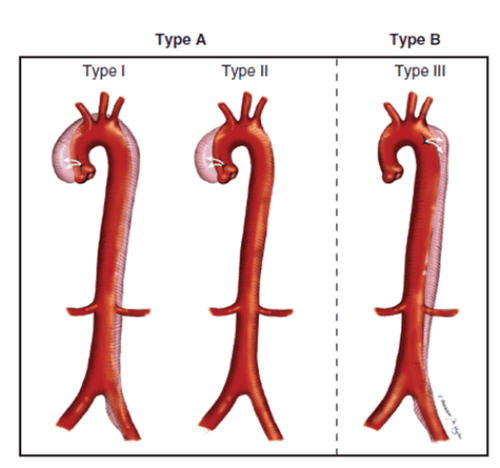
Lóc tách động mạch chủ type A và type B
2. How dangerous is aortic dissection?
Aortic dissection can lead to complications
Aortic rupture into the pericardial cavity leading to cardiac compression or rupture into the pleural space, mediastinum... Acute aortic regurgitation can lead to failure Severe congestive heart failure Compression on important arterial branches: Due to dissection spreading to the lateral branches or torn endothelium pressing on the foramen, it can lead to cerebral stroke, lower extremity paralysis, ischemia of the lower extremities. organ, myocardial infarction... Secondary aortic dissection and rupture (late occurrence) Type A aortic dissection is one of the very serious cardiovascular emergencies, requiring surgical treatment as soon as possible. good because the mortality rate without surgery is very high. Even with timely surgery, the mortality rate around surgery is still quite high, about 15-20%. That's why aortic dissection is considered a "catastrophe" in cardiovascular diseases.
3. Treatment of aortic dissection

Lóc tách động mạch chủ tại Bệnh viện Đa khoa Quốc tế Vinmec
For type B aortic dissection, most patients are prescribed medical treatment. Particularly with type A aortic dissection, emergency surgery must be indicated without delay.
Type A aortic dissection is one of the most dangerous and complicated surgeries.
The doctors will have to disconnect the damaged aorta and the heart from the circulation, inject a special solution into the coronary arteries to temporarily stop the heart and protect the heart during surgery; put all the blood in the body through an artificial heart-lung machine to exchange oxygen and then pump it back into the body to nourish the organs. During the operation, there are times when the doctor will have to stop using the artificial heart and lung machine, that is, to stop the whole body's circulatory system by lowering the body temperature to the lowest level to conserve. organs while dealing with damage to the aorta, including: Replace the dissected aorta with an artificial artery, replace a heart valve or repair a heart valve... This process is extremely complicated and have a high risk of leading to metabolic disorders in the body, especially blood clotting disorders, causing patients to bleed non-stop. Therefore, only skilled, experienced surgeons can perform surgical treatment of aortic dissection. Doctors of Cardiology Department, Vinmec International General Hospital have successfully operated and saved many lives of patients with type A aortic dissection, becoming a reliable and effective address for cardiovascular disease examination and treatment. for these dangerous cardiovascular diseases.
Please dial HOTLINE for more information or register for an appointment HERE. Download MyVinmec app to make appointments faster and to manage your bookings easily.




